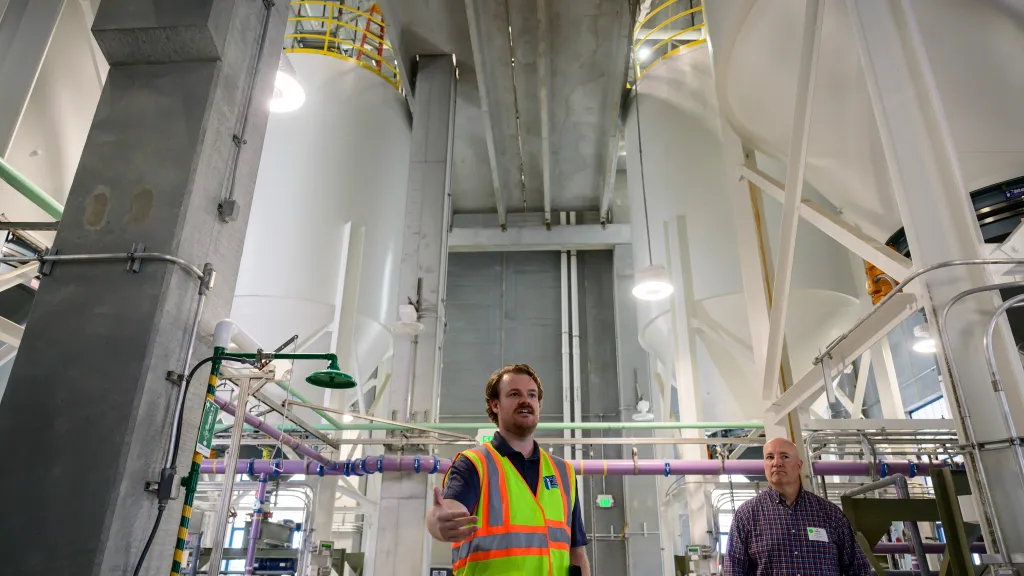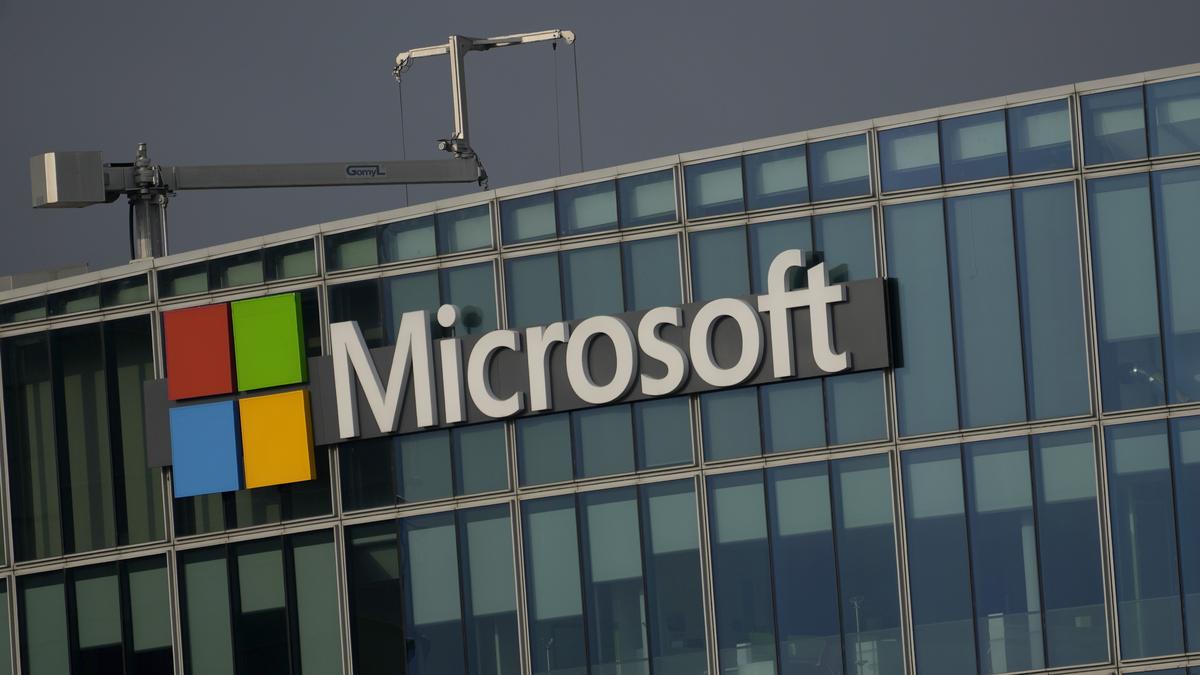
To place an obituary, please include the information from the obituary checklist below in an email to obits@pioneerpress.com. There is no option to place them through our website. Feel free to contact our obituary desk at 651-228-5263 with any questions.
General Information:
Your full name,
Address (City, State, Zip Code),
Phone number,
And an alternate phone number (if any)
Obituary Specification:
Name of Deceased,
Obituary Text,
A photo in a JPEG or PDF file is preferable, TIF and other files are accepted, we will contact you if there are any issues with the photo.
Ad Run dates
There is a discount for running more than one day, but this must be scheduled on the first run date to apply.
If a photo is used, it must be used for both days for the discount to apply, contact us for more information.
Policies:
Verification of Death:
In order to publish obituaries a name and phone number of funeral home/cremation society is required. We must contact the funeral home/cremation society handling the arrangements during their business hours to verify the death. If the body of the deceased has been donated to the University of Minnesota Anatomy Bequest Program, or a similar program, their phone number is required for verification.
Please allow enough time to contact them especially during their limited weekend hours.
A death certificate is also acceptable for this purpose but only one of these two options are necessary.
Guestbook and Outside Websites:
We are not allowed to reference other media sources with a guestbook or an obituary placed elsewhere when placing an obituary in print and online. We may place a website for a funeral home or a family email for contact instead; contact us with any questions regarding this matter.
Obituary Process:
Once your submission is completed, we will fax or email a proof for review prior to publication in the newspaper. This proof includes price and days the notice is scheduled to appear.
Please review the proof carefully. We must be notified of errors or changes before the notice appears in the Pioneer Press based on each day’s deadlines.
After publication, we will not be responsible for errors that may occur after final proofing.
Online:
Changes to an online obituary can be handled through the obituary desk. Call us with further questions.
Payment Procedure:
Pre-payment is required for all obituary notices prior to publication by the deadline specified below in our deadline schedule. Please call 651-228-5263 with your payment information after you have received the proof and approved its contents.
Credit Card: Payment accepted by phone only due to PCI (Payment Card Industry) regulations
EFT: Check by phone. Please provide your routing number and account number.
Cash: Accepted at our FRONT COUNTER Monday – Friday from 8:00AM – 3:30PM
Rates:
The minimum charge is $162 for the first 10 lines.
Every line after the first 10 is $12.20.
If the ad is under 10 lines it will be charged the minimum rate of $162.
On a second run date, the lines are $8.20 per line, starting w/ the first line.
For example: if first run date was 20 lines the cost would be $164.
Each photo published is $125 per day.
For example: 2 photos in the paper on 2 days would be 4 photo charges at $500.
Deadlines:
Please follow deadline times to ensure your obituary is published on the day requested.
Hours
Deadline (no exceptions)
Ad
Photos
MEMORIAM (NON-OBITUARY) REQUEST
Unlike an obituary, Memoriam submissions are remembrances of a loved one who has passed. The rates for a memoriam differ from obituaries.
Please call or email us for more memoriam information
Please call 651-228-5280 for more information.
HOURS: Monday – Friday 8:00AM – 5:00PM (CLOSED WEEKENDS and HOLIDAYS)
Please submit your memoriam ad to memoriams@pioneerpress.com or call 651-228-5280.
When St. Paul Regional Water Services set about designing a replacement for its century-old McCarrons water treatment plant in Maplewood, it didn’t so much look to its current 450,000 customers as beyond them.
What kind of capacity will its decarbonization and disinfectant basins need as its 14 client cities grow in population and new cities sign on? How might the utility combat threats to the east metro’s water supply that might not be known for years or even decades to come?
For designers, one key answer to the latter question was “ozonation” — the process of bubbling ozone gas through water as an added disinfectant in a long line of water purifiers, clarifiers, softeners and enhancers, ranging from lime and fluoride to chlorine and ammonia. For the first time since launching as a public utility in 1882, St. Paul Regional Water is purifying its water with ozone, a tool it’s added to a growing toolbox of approaches toward drawing water from the Mississippi River and its watershed and purifying it until every drop is safe to drink.
“We don’t need ozone to operate this plant,” said civil engineer Eric Noe, who is taking over as project manager for the new McCarrons water treatment plant as remnants of the old operation are demolished or repurposed. “It’s kind of like icing on the cake. But for the next contaminant bogeyman that we don’t yet know about, ozone is already part of our treatment.”
$250M investment in water quality
After three years of planning and four years of construction, St. Paul Regional Water officials threw open the doors on Thursday to what’s being billed as the treatment plant of the future — a $250 million investment in water quality infrastructure for St. Paul and more than a dozen neighboring cities and townships. To pay for the treatment plant, St. Paul Regional Water has gradually increased rates by 25% or more since 2021.
Constructed next to the century-old McCarrons plant on Rice Street, the new water treatment plant represents the largest capital undertaking in the 143-history of St. Paul Regional Water as a public utility.
The project was led by the design-build team of Jacobs, which is based in Dallas working alongside PCL Construction and Magney Construction. Brown and Caldwell, as well as Stantec, served as the utility’s advisors.
“We’re on schedule. We’re a little bit under budget. We’re making great water,” said project manager Will Menkhaus, who is being promoted to assistant general manager for St. Paul Regional Water Services. “And at the end of the day, there were no change orders. … The key thing that jumps out has been a virtue that our society has largely forgotten or even at times labeled a vice, and that’s compromise.”
The old McCarrons water treatment plant has been the sole producer of water for the utility’s clients since 1920, producing an average of 40 million gallons per day — enough to cover a football field in 93 feet of water. The number of gallons drops to about 30 million in winter and can rise as high as 60 million in summer. The new plant will maintain many of the same established practices with additional capacity to serve future client cities and treat as many as 84 million gallons of water daily, even if one of its major basins is out of commission.
Among the new amenities: new lime-softening solids contact clarifiers, new recarbonation basins and a new ozonation treatment process for enhanced taste, odor control and disinfection.
Quality testing lab to come
The project opened with partial demolition of structures in 2022. Up next will be the construction of new water quality testing lab space in a building previously dedicated to flocculation, or getting particles to clump together for easier removal. Final site restoration and landscaping are expected to wrap in coming months.
St. Paul Mayor Melvin Carter, who shared remarks at the ribbon-cutting on Thursday, reminded the audience that 70% or more of their drinking water comes from the Mississippi River and virtually all of it comes from its watershed. The human body, he said he tells students, is upwards of 60% water, meaning that much of each young person’s body was, in fact, composed of the river itself.
“Our bodies are more than half Mississippi River,” Carter said, noting St. Paul Regional Water took “this water treatment plant that has provided water to our community for 100 years, and replace(d) here it with a brand new water treatment plant that will provide clean drinking water to our community for the next 100 years.”



